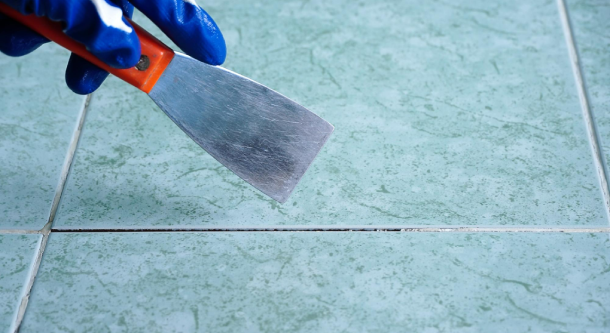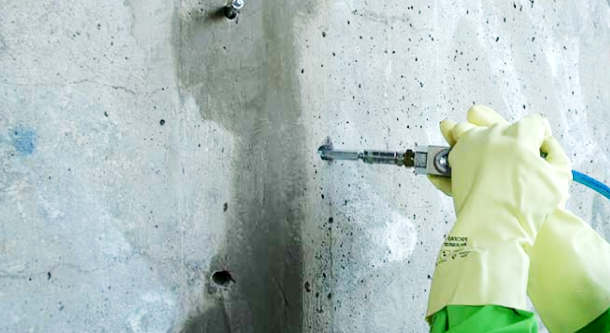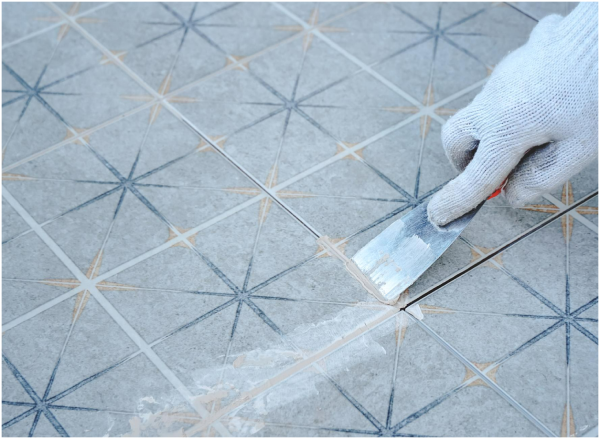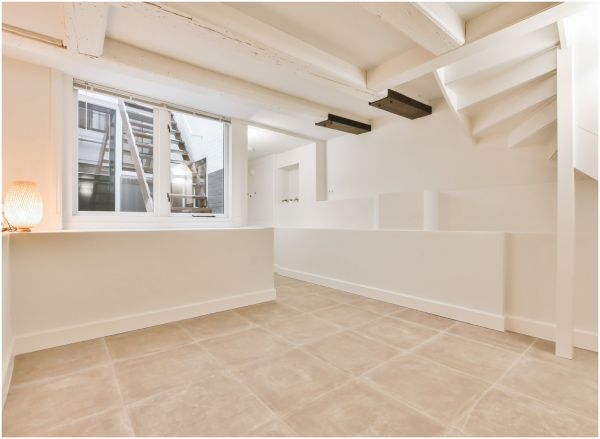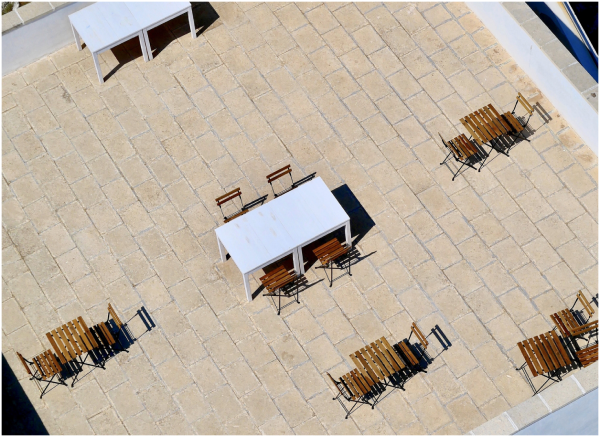Grout is an essential component of tiling projects, and it's crucial to give it enough time to dry and cure completely before using the tiled area. On average, it takes about a day for grout to dry and cure fully, but the drying time may vary depending on factors such as the type of grout used, the size of the area, and the environmental conditions.For instance, if you're using a cement-based grout, it will typically take longer to dry than a ready-to-use epoxy or acrylic grout. Additionally, if you're working in a humid environment or a cold room, it will take longer for the grout to dry.However, manufacturers are continually innovating and developing new grout products that dry faster, so you can spend less time waiting and more time enjoying your newly tiled area. Rapid-drying grout is becoming more popular in the market, and they can be ready for use in as little as four hours.To ensure that your grout dries and cures properly, it's essential to follow the manufacturer's instructions carefully. This includes allowing the recommended drying time and avoiding any foot traffic or moisture exposure during the curing process. Properly dried and cured grout will not only look great but also provide a strong and durable bond to your tiles, ensuring that your tiling project lasts for years to come.

